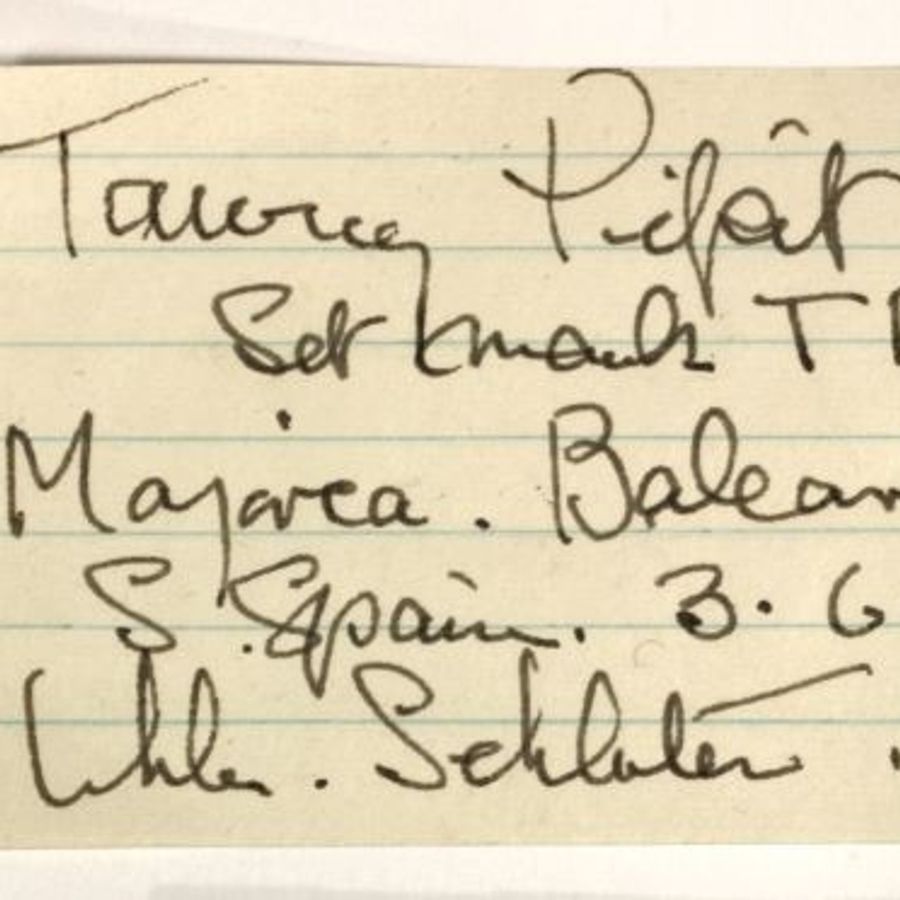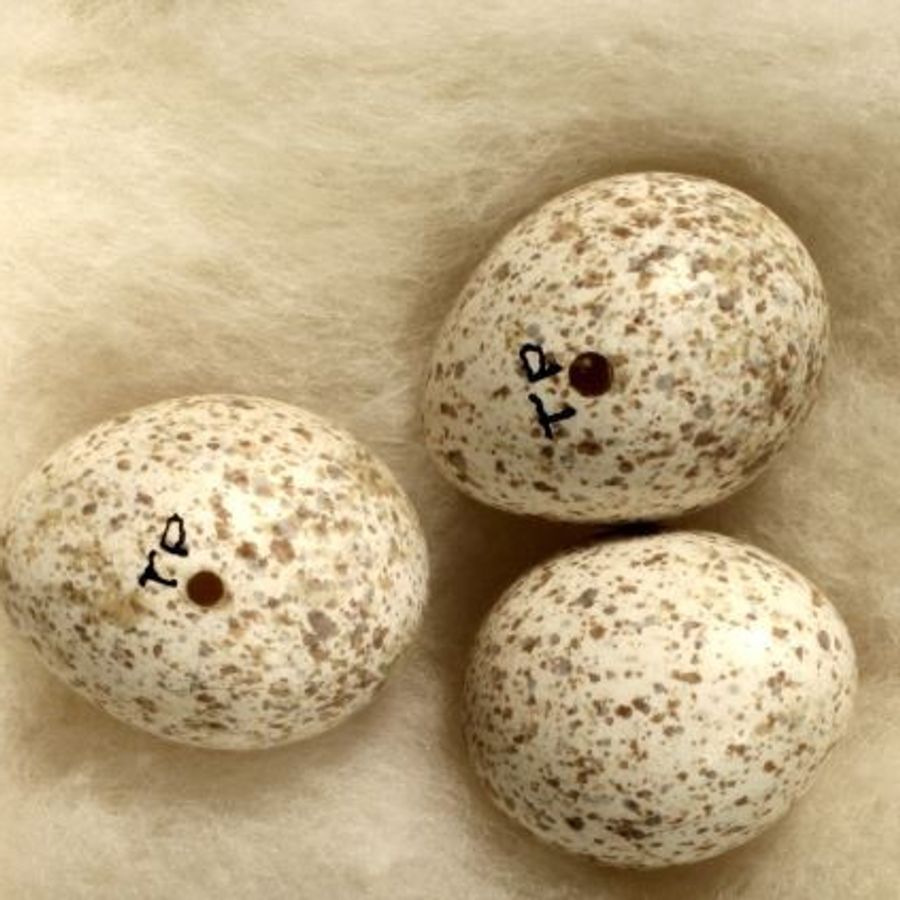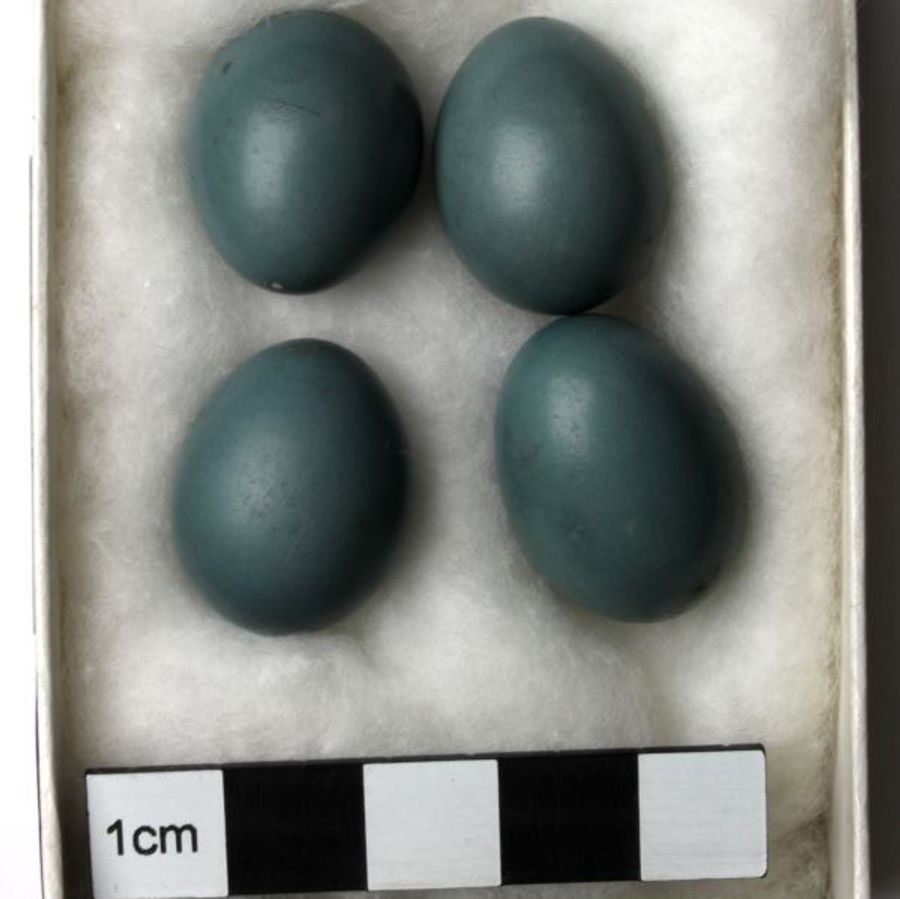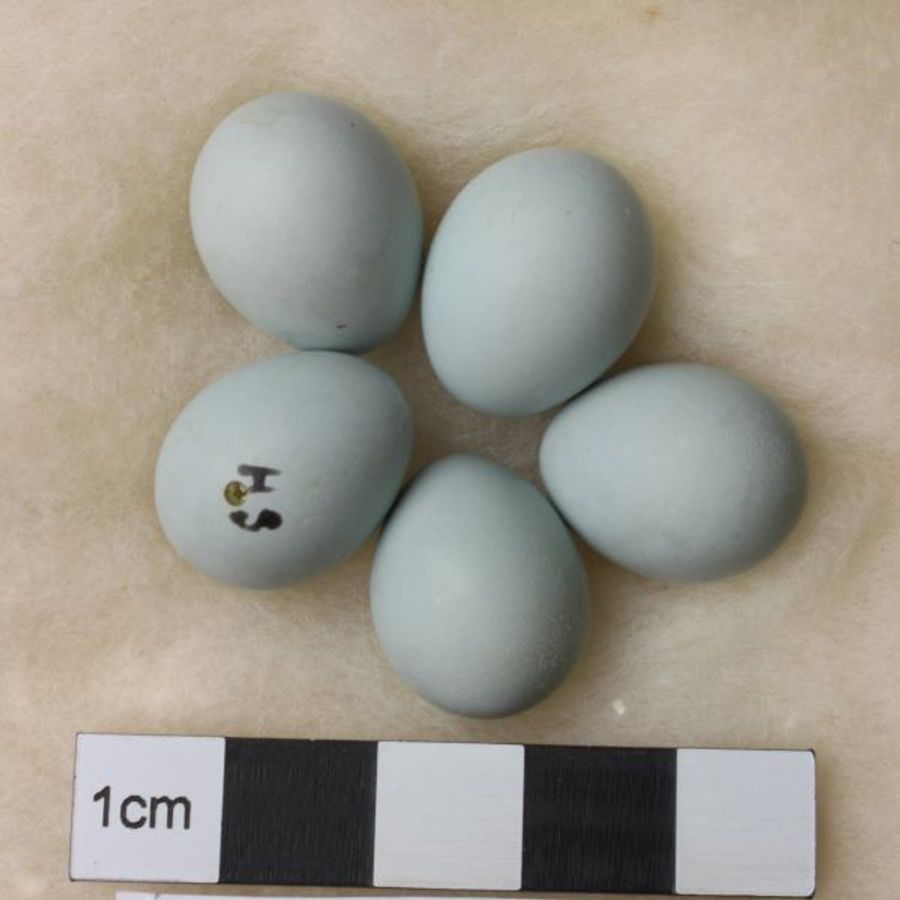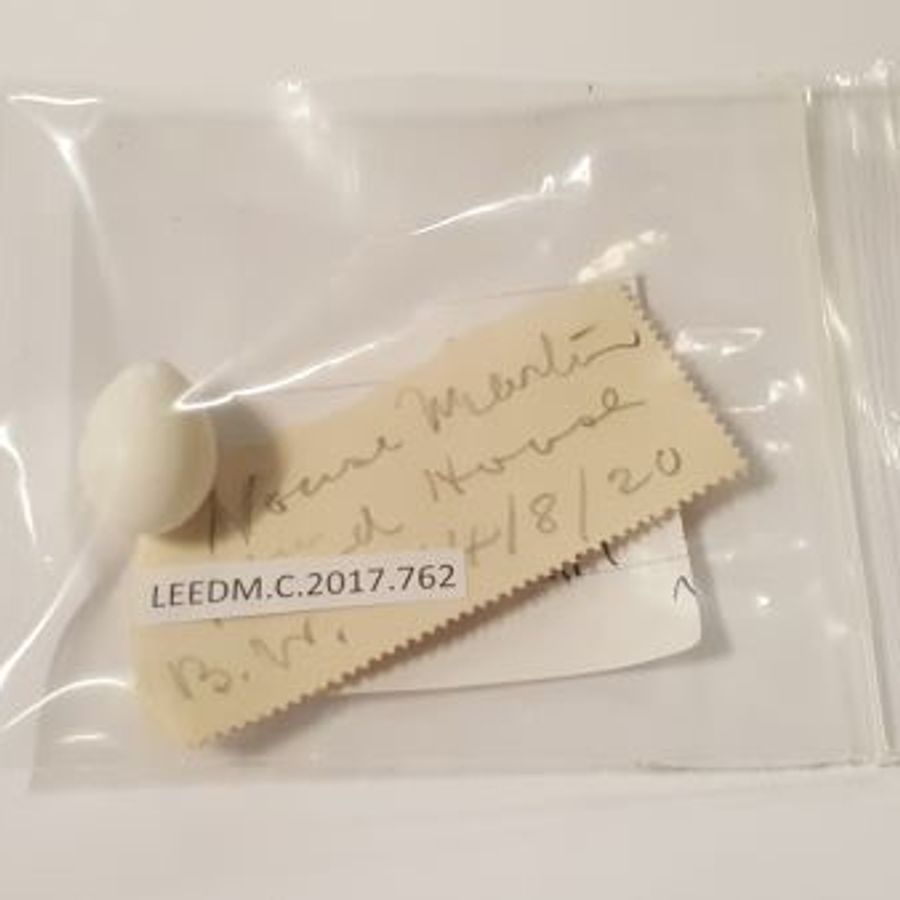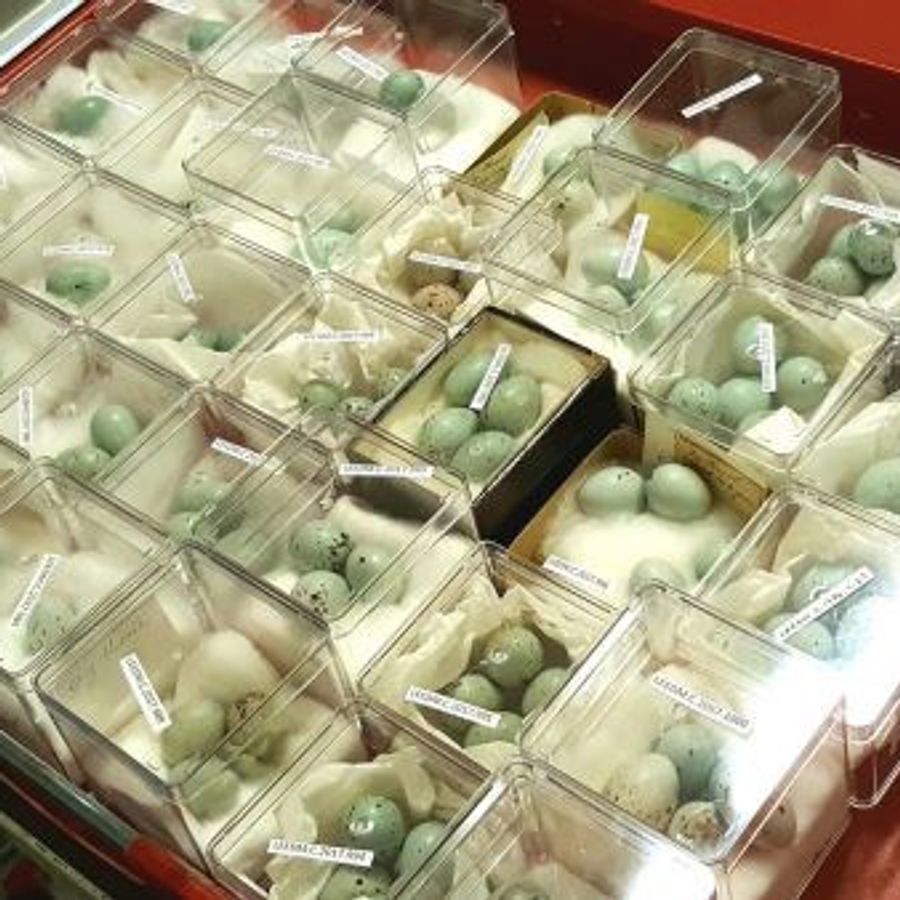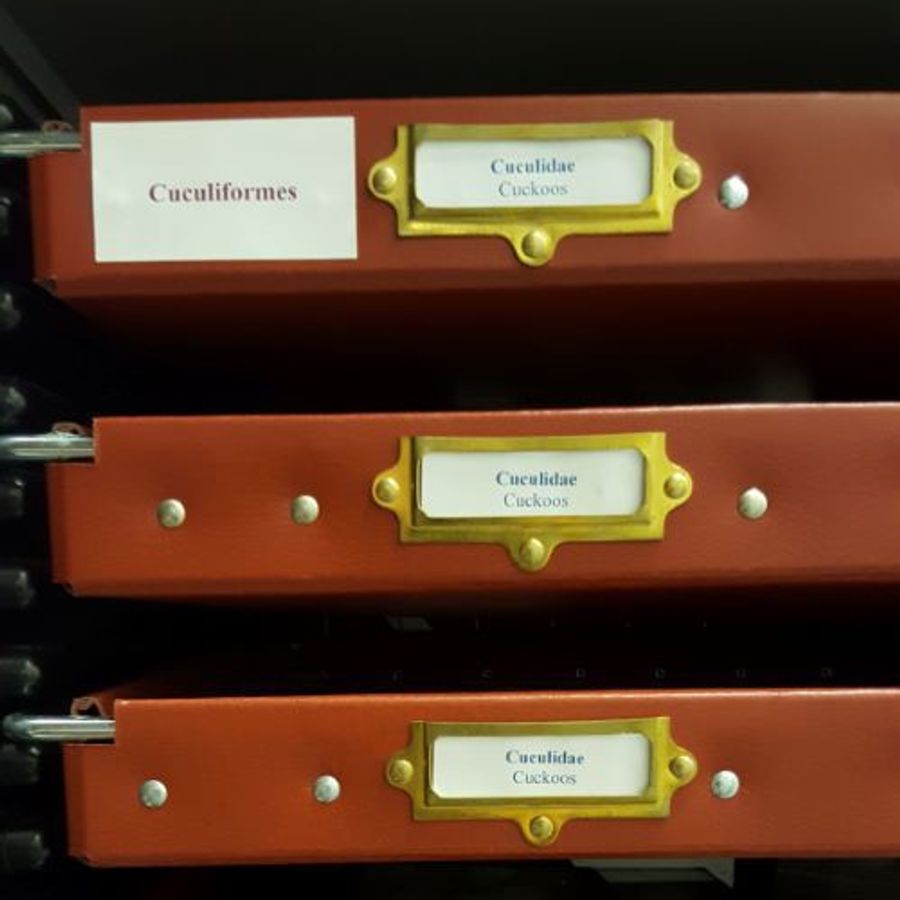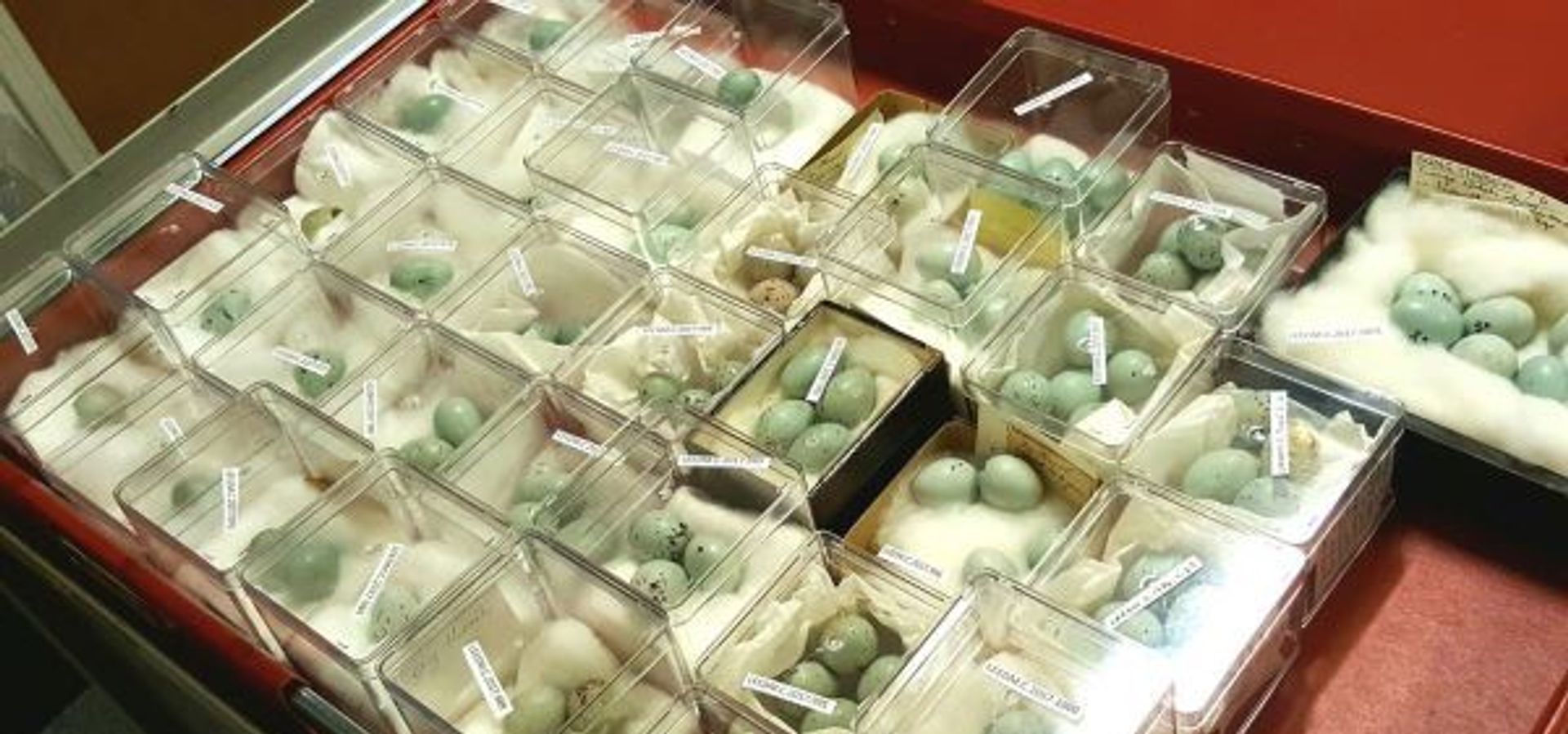
The Bird Egg Collection
The bird egg collection at Leeds City Museum probably contains 8000 – 10000 eggs from all over the world, ranging from a marvellous and complete Elephant Bird egg to the popular and no less marvellous Robin. The vagueness in the number of eggs is because the collection is not yet completely documented on the museum collections database, and my current project aims to get as close as possible to achieving that.
The origins of the collection
A former Leeds City Museum Curator of Natural Science, Adrian Norris, described how almost all the eggs in the collection before the Second World War were destroyed when the museum took a direct hit during the air raid in March 1941. ‘For example the collection of Mr. W.T. Crampton of Roundhay, Leeds, donated in the year 1903-4, was reduced by the bomb from over 1,700 eggs to just over 100 today.’
Norris said that most of the eggs in the collection today came into the museum, directly or indirectly, through the changes to the law in the early 1950s that restricted the collecting of birds’ eggs. He also gave a useful summary of the collection as it was in 1993:
‘The extant egg collections are comprised mainly from the material collected by 8 egg collectors, as listed below…
· Arundel, Maj. W.B., fl. 1895-1907, 132 clutches, 469 eggs;
· Booth, H.B., (1866-1941) 221 mainly single eggs. U.S.A. & Australia;
· Caley, George C., (1891-1968), 114 clutches, 509 eggs;
· Crampton, W.T., fl. 1897-1951, 42 clutches, 107 eggs;
· Rhodes, C.E., fl.1884-1942, 369 clutches, 1673 eggs;
· Roper, J.G., fl. 1901-1937, 221 clutches, 991 eggs;
· Schluter, W., fl. 1886-1909, 139 clutches, 575 eggs;
· Woodhouse, F.H., fl. 1889-1959, 42 clutches, 197 eggs;
· and many other smaller collections.’
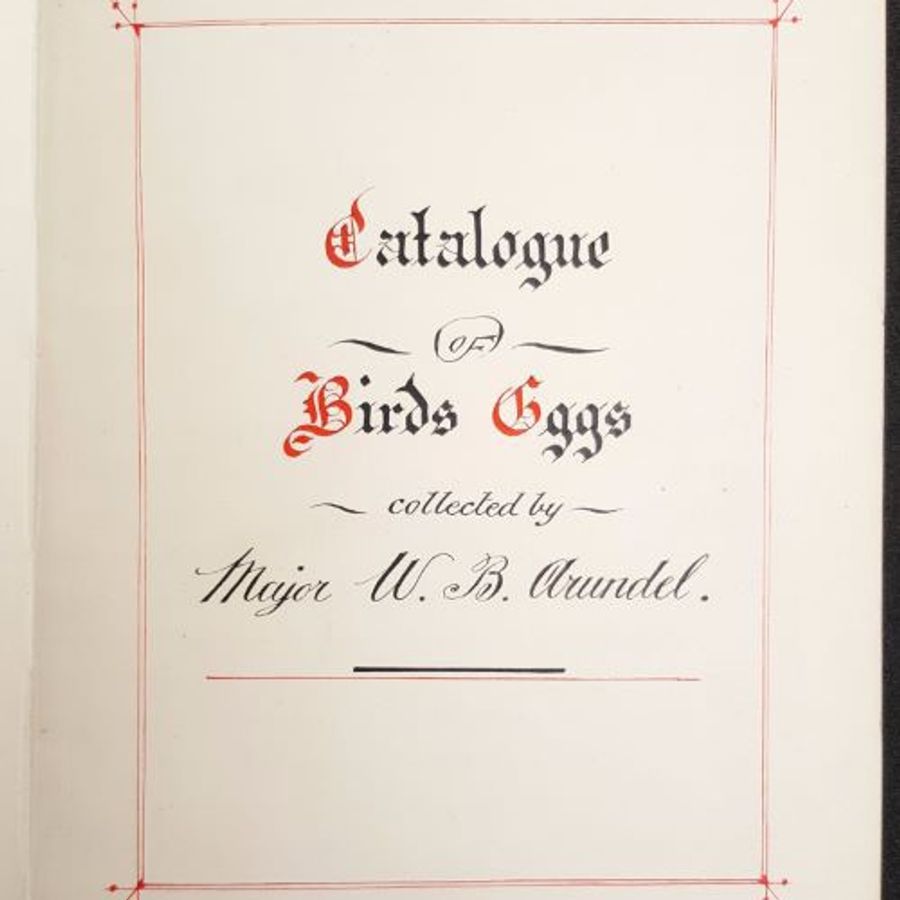
A number of the clutches also came from various museums and organisations rationalising their collections, such as Wakefield Museum’s zoological collection in 1985.
A work in progress
My current project to complete the documentation of the collection picks up from work carried out by a number of people, notably Kirsty Garrod and Glen Roadley during their time as curatorial trainees. Garrod unpacked the egg collection after its move to Leeds Museums Discovery Centre in 2007, with much painstaking re-uniting and repacking of clutches. Roadley worked on photographing the eggs and creating records on the museum collections management database. Another cataloguer, Sarah Burhouse, has worked on the collection in 2016, leaving an estimated 2000-3000 eggs left to document.
Working through the collection also provides an unmissable opportunity to review the condition of the eggs and see if any improvements can be easily made to their storage to keep them safe into the future.
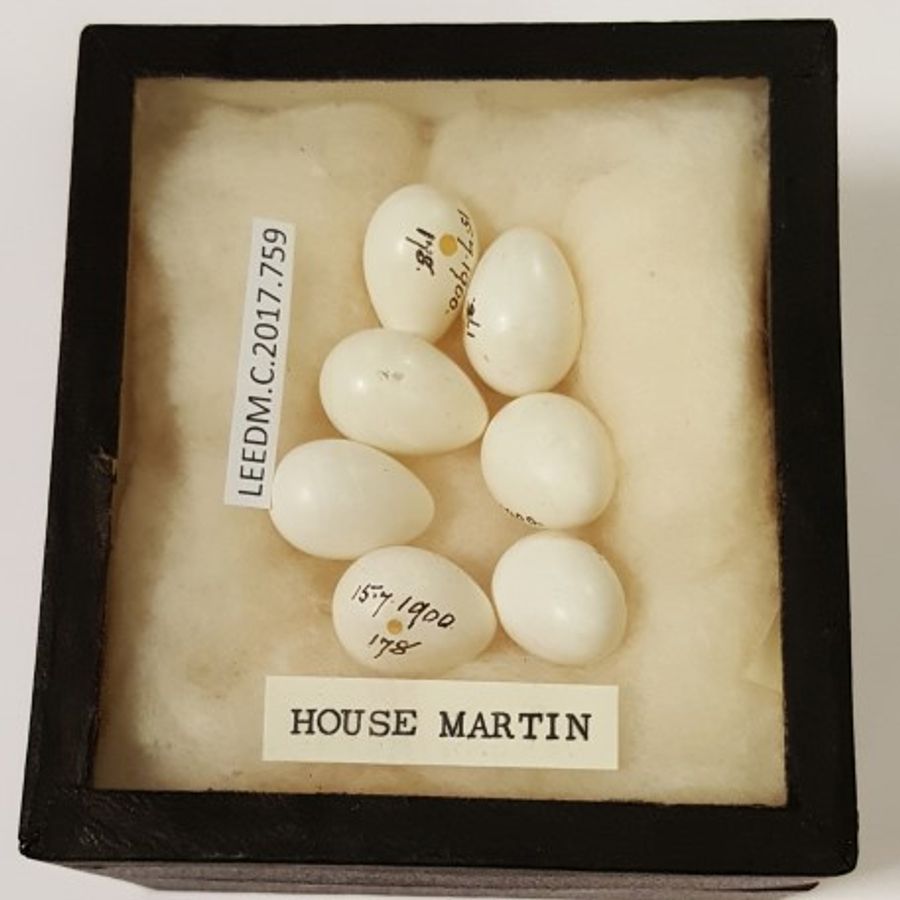
During the ‘great unpacking’ after the 2007 collections move, many eggs were transferred from unsuitable containers to clear ziplock plastic bags. These kept the eggs separate from each other along with their data labels, but left them vulnerable to crushing, so the bags are being swapped for push-fit clear plastic boxes.
It’s important to improve the accessibility of this significant collection for researchers and other potential collection users to make the utmost of the precious information the eggs hold, although the collectors don’t always make it easy when they assume you know where they live, what century it is and who they are!
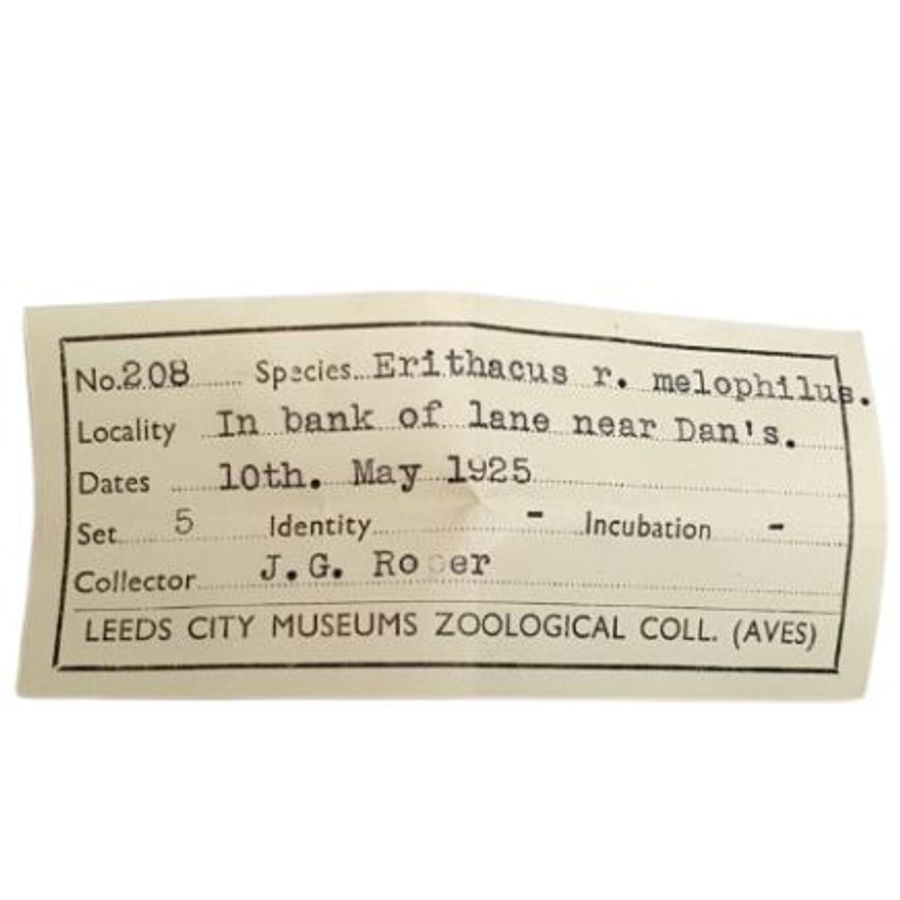
Donating egg collections
Museums do sometimes collect historic egg collections and we recommend contacting your local museum to find out more. It is now illegal to collect eggs as per the Wildlife and Countryside Act 1981.
By Claire Miles, Zoology project placement
Learn more about our Natural Science collection.
04 January 2018

